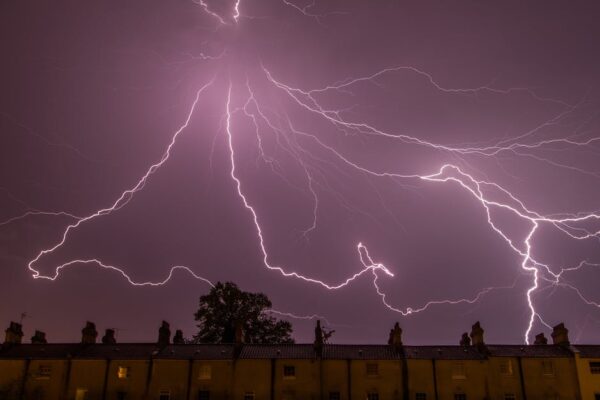While the thought of lightning may be scary and worrying for most people, it is necessary to have alerts of lightning strikes. The lightning that is of major concern to many people is that which occurs from cloud-to-ground.
However, lightning can also occur from cloud-to-cloud or within a cloud. This is the occurrence of in-cloud lightning and the ability to detect such kind of lightning can help in determining the possibilities of a potential storm and even the direction and severity of the storm.
Thus, safety precaution is undertaken in areas where lightning occurs often.
What is lightning?
For many people, lightning is usually a flash that appears in the sky. However, lightning occurs due to the sudden discharge of electrostatic charges in a cloud or between clouds. Yet, scientists continue to study the cause of the charging process.
In-Cloud lightning and detection
In-cloud lightning occurs due to an in-cloud event caused by charges in a cloud or between two clouds. This is the onset of a lightning flash which can later become a lightning strike once it connects with the ground.
Lightning strikes can be deadly and end up injuring or killing both humans and animals. Thus, the detection of in-cloud lightning enables proper preparation of storms and safety measures. In most cases, lightning detection occurs when a lightning bolt strikes the ground. This helps in determining how far away the lightning occurred.
Yet, having a lightning sensor system for lightning that occurs within the clouds enables better lightning detection and safety precaution for potential storms.
Why In-Cloud Lightning Detection Matters
Lightning can cause adverse impacts that could disrupt business operations, recreational activities, travel and affect property and assets. While some weather stations rely on cloud-to-ground lightning for detection and prediction of storms, the root cause of lightning occurs within the clouds.
Hence, detecting in-cloud lightning provides a better opportunity to determine the occurrence and direction of a thunderstorm and how severe it can get. This is achieved by using the best storm tracking software to provide insights for severe weather conditions.
In-cloud lightning detection matters due to safety concerns and enabling prior planning. Certain organizations such as travel, aviation and maritime organizations require prompt alerts of severe weather conditions in order to carry out critical decision-making and plan on management factors.
Lightning can also be a source of renewable energy for power plants. Thus, having a reliable software that tracks the occurrence of in-cloud lightning would help in tapping that energy and generating productive power.
This factor enables the production of green energy thus eliminating environmental pollution and degrade.
All in all, in-cloud lightning detection is beneficial in many ways such as providing severe weather conditions alerts, making decisions in industrial and organizational areas that are highly affected by weather changes and enhancing the undertaking of safety measures.
Also, in-cloud lightning detection enables the mapping out of areas with an extreme occurrence of lightning thus enabling potential power generation while providing alerts for safety concerns.

